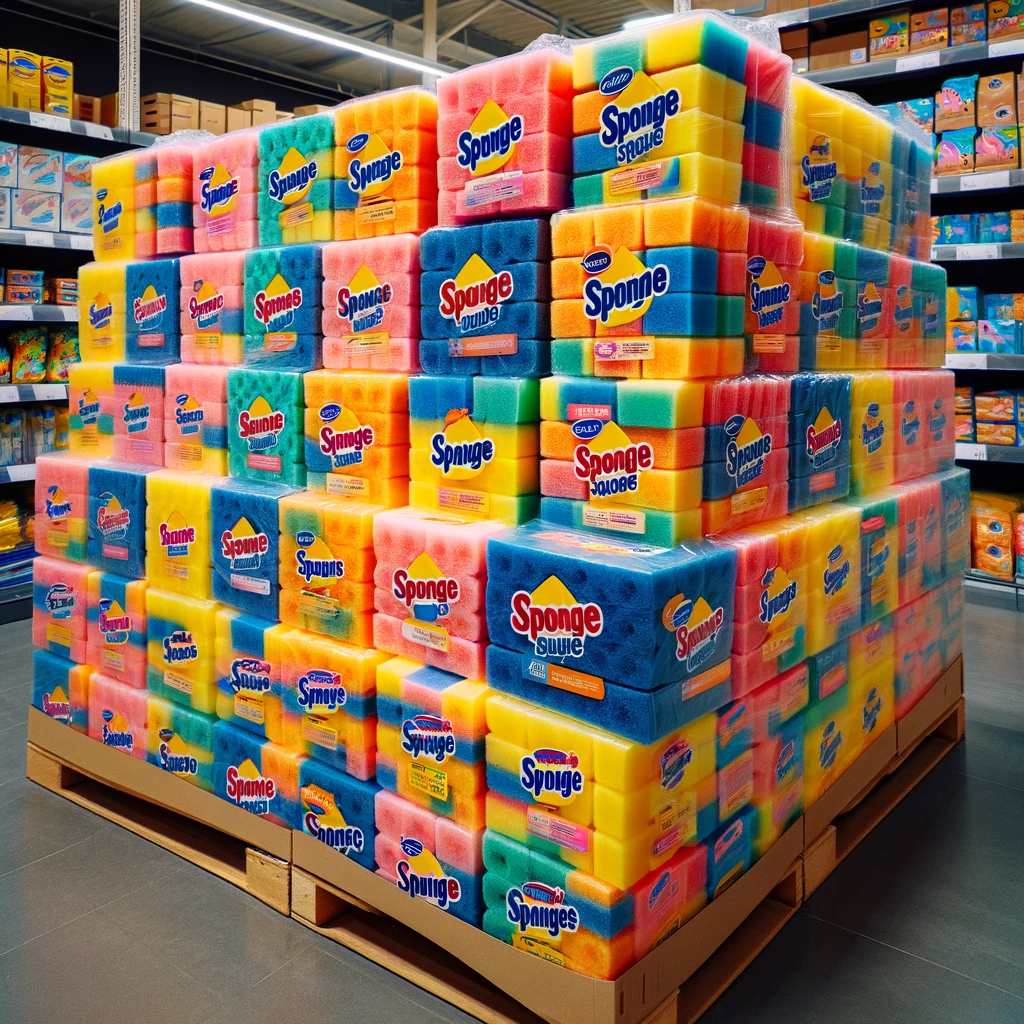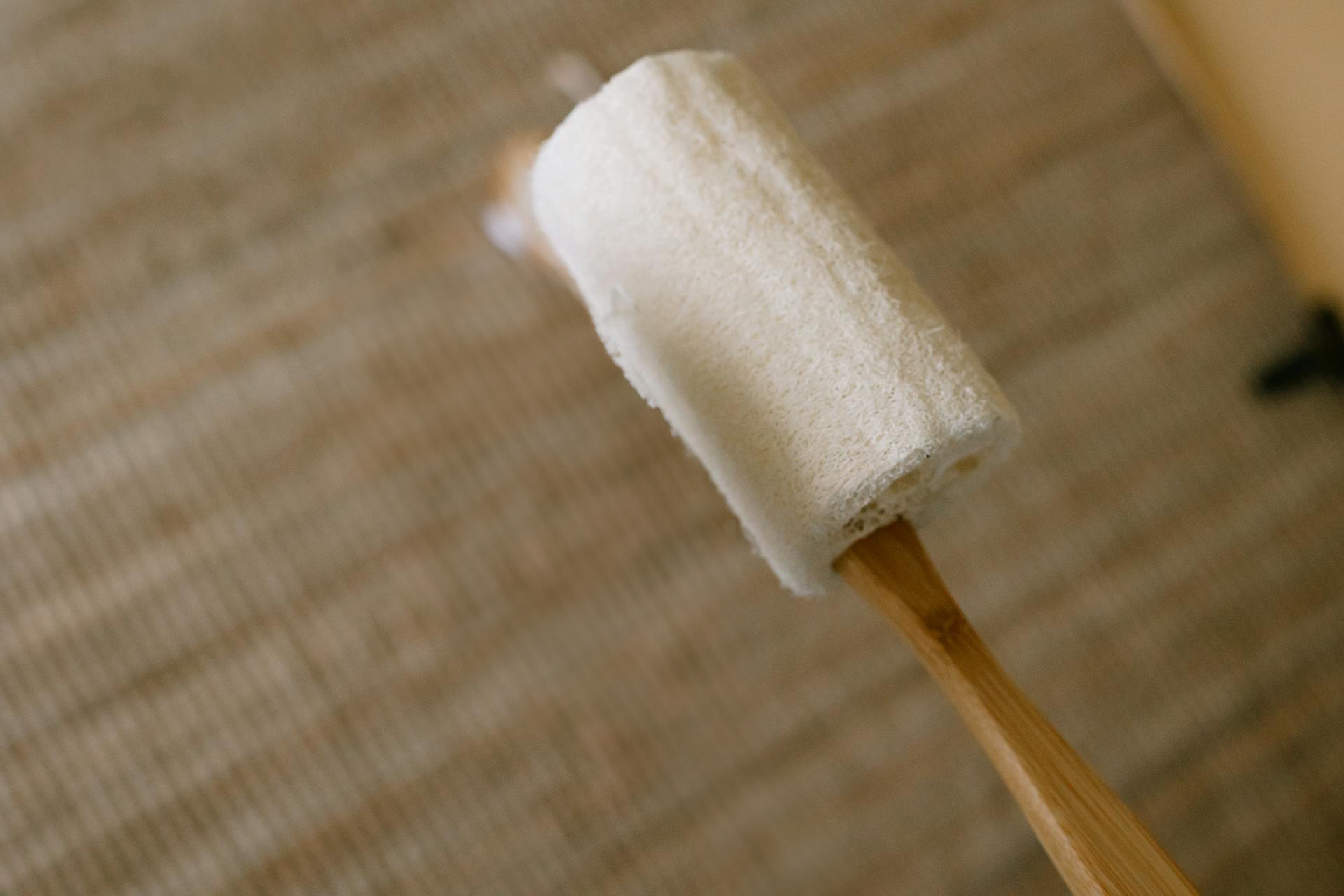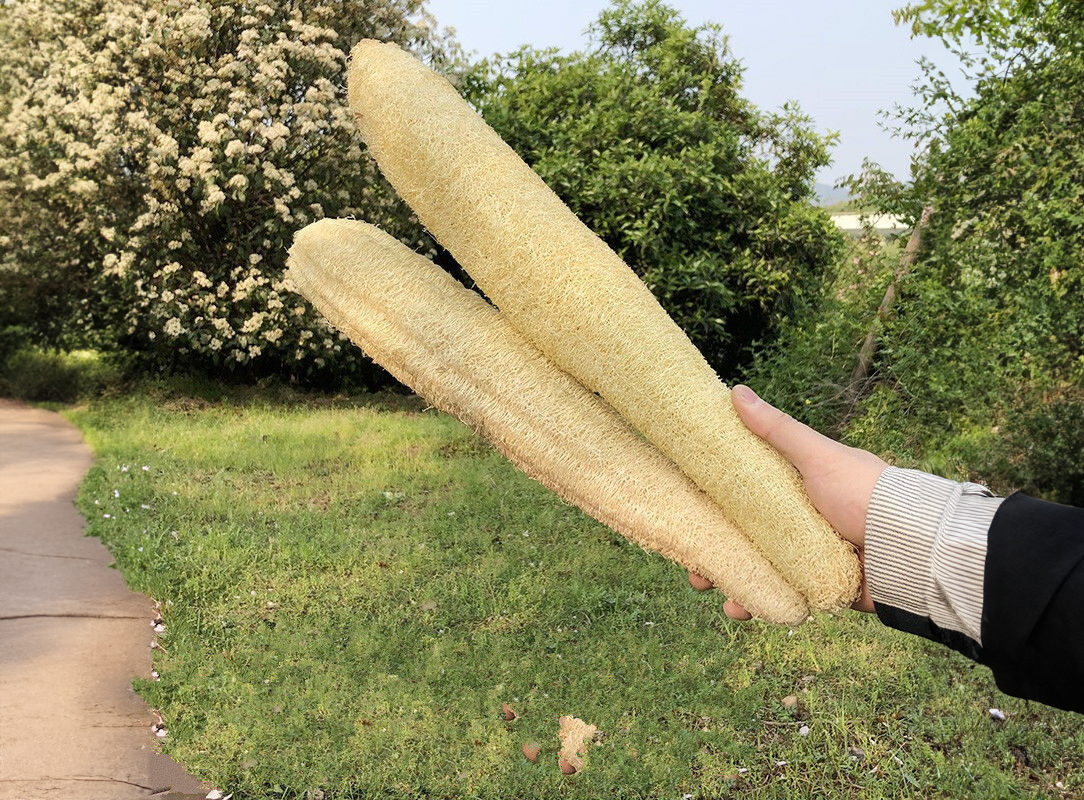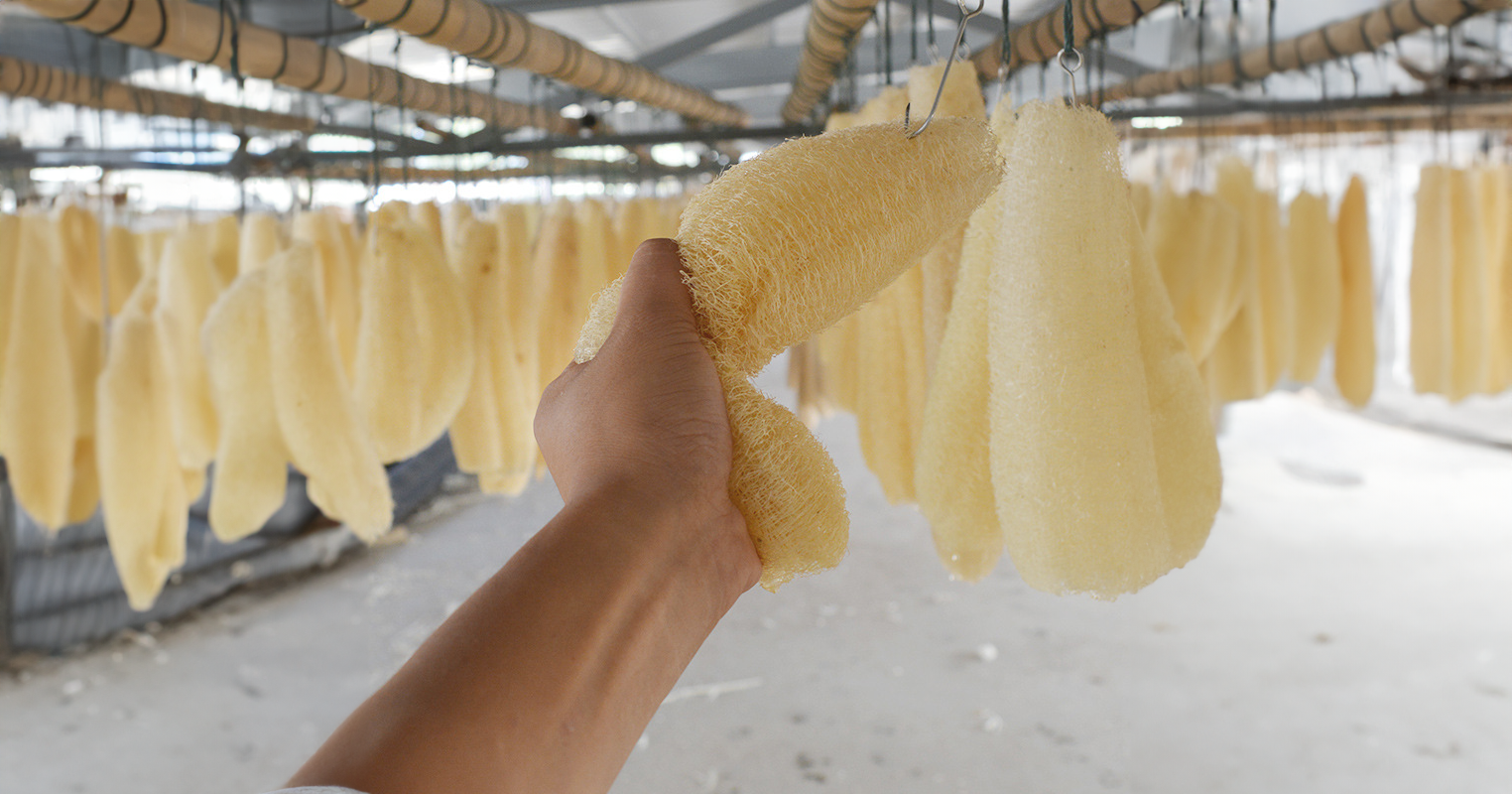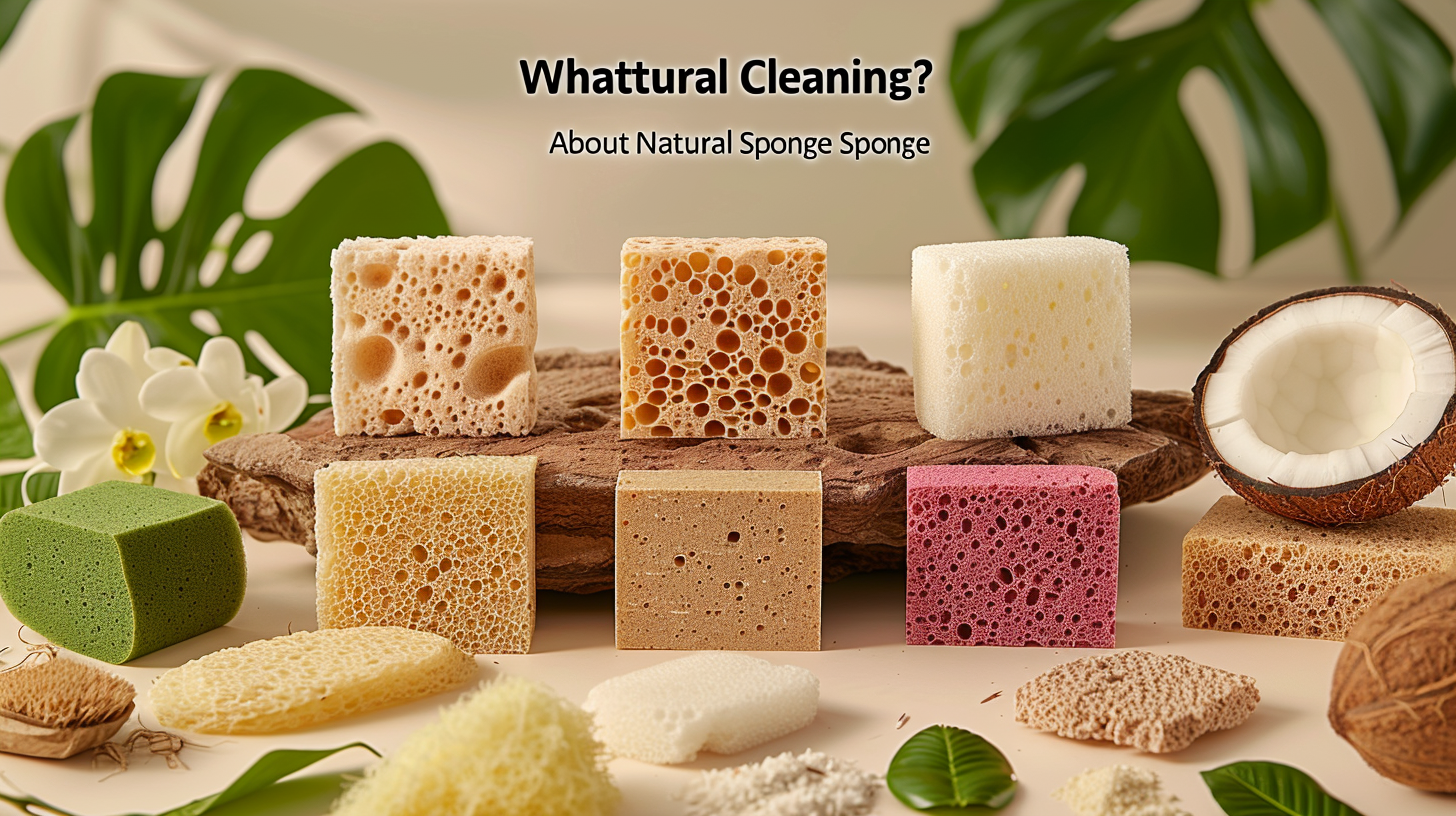1. Introduction
Cellulose cloth, particularly in the form of cellulose dishcloths, is emerging as a key player in the fabric industry. This introduction aims to provide an overview of cellulose cloth, highlighting its unique properties and its rising prominence in the wholesale market. As a sustainable alternative to traditional materials, cellulose cloth offers a blend of eco-friendliness and practicality, making it a noteworthy topic for consumers and industry insiders alike.
2. Overview of Cellulose Cloth
Cellulose cloth, primarily sourced from wood pulp, is gaining traction for its unique properties. It’s a versatile, plant-based material known for its robustness and absorbency, making it ideal for a variety of applications, including dishcloths. According to a 2023 industry report, cellulose-based fabrics have witnessed a 15% growth in the global market, primarily driven by the demand for eco-friendly and sustainable products.
Data Table: Global Market Growth for Cellulose-Based Fabrics
| Year | Market Growth (%) |
|---|---|
| 2021 cellulose dishcloth wholesale | 10% |
| 2022 cellulose dishcloth wholesale | 12% |
| 2023 cellulose dishcloth wholesale | 15% |
3. Benefits of Cellulose Dishcloths
Cellulose dishcloths offer several advantages over traditional materials. They are highly absorbent, capable of holding up to 20 times their weight in water, and are durable, lasting several months with proper care. Environmentally, they are a superior choice, as a study by the Environmental Protection Agency (EPA) shows that cellulose products are 100% biodegradable, decomposing within 28 days in compost conditions.
Data Table: Cellulose Dishcloth Properties
| Property | Description |
|---|---|
| Absorbency | Holds up to 20x weight in water |
| Durability | Lasts several months |
| Biodegradability | 100% in 28 days (EPA study) |
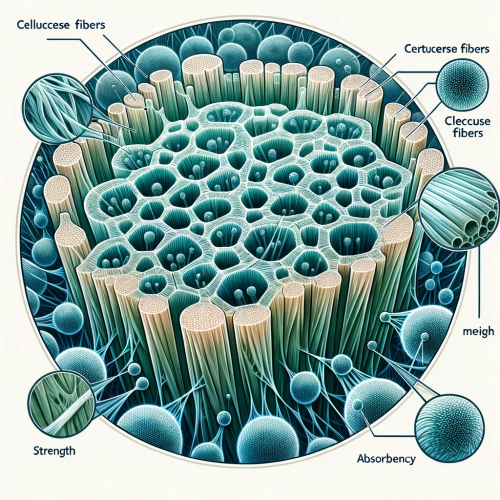
4. The Wholesale Market for Cellulose Dishcloths
The wholesale market for cellulose dishcloths is rapidly expanding. As per a market analysis by Business Insider, the sector is expected to grow by 25% in the next five years. This growth is attributed to the increasing demand from eco-conscious consumers and businesses. In 2023 alone, over 5 million units were sold in wholesale, marking a significant uptick in bulk purchases.
Data Table: Wholesale Market Growth
| Year | Units Sold (Millions) | Growth (%) |
|---|---|---|
| 2023 cellulose dishcloth wholesale | 5 | 25 |
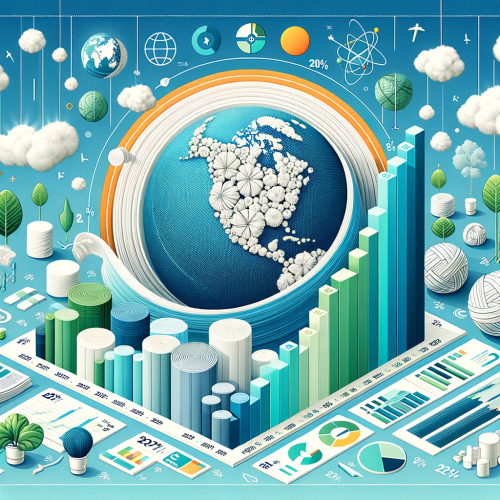
5. Comparative Analysis with Other Materials
Comparing cellulose cloth with other materials like cotton and synthetics reveals its superiority in several aspects. For instance, cellulose dishcloths have a longer lifespan than cotton, averaging 6-12 months versus 1-3 months for cotton. Furthermore, they are more eco-friendly, with a significantly lower carbon footprint, as indicated in a study by the Carbon Trust.
Data Table: Material Comparison
| Material | Lifespan (Months) | Carbon Footprint (kg CO2e/unit) |
|---|---|---|
| Cellulose | 6-12 | 0.5 |
| Cotton | 1-3 | 1.2 |
| Synthetics | 3-6 | 1.8 |
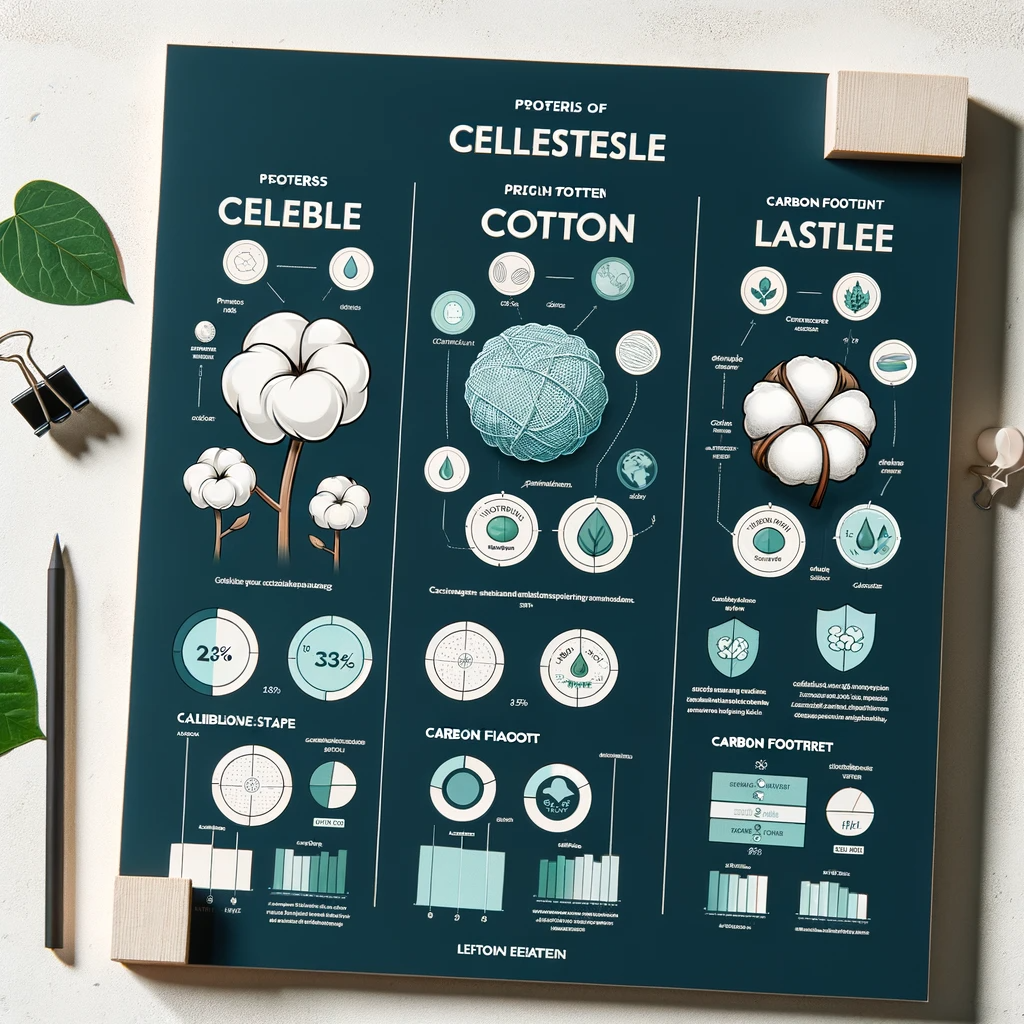
6. Market Trends and Statistics
The market for cellulose dishcloths has shown consistent growth, with a 30% increase in consumer preference over the past three years. Statistics from a consumer survey indicate that 70% of users prefer cellulose dishcloths for their durability and eco-friendliness. This trend is expected to continue, as sustainability becomes a more significant factor in consumer choices.
Data Table: Consumer Preferences
| Year | Preference for Cellulose (%) |
|---|---|
| 2021 cellulose dishcloth wholesale | 40 |
| 2022 cellulose dishcloth wholesale | 55 |
| 2023 cellulose dishcloth wholesale | 70 |
7. Environmental Impact
Cellulose dishcloths contribute significantly to environmental conservation. The production of cellulose fibers generates 60% less greenhouse gas emissions compared to synthetic fibers, as reported by the Global Emissions Council. Their biodegradable nature also means less landfill waste, a critical factor in waste management.
Data Table: Environmental Impact
| Factor | Cellulose Fibers | Synthetic Fibers |
|---|---|---|
| Greenhouse Gas Emissions (%) | 60% less | – |
| Biodegradability | 100% | Non-biodegradable |
8. FAQs
Q1: What Makes Cellulose Dishcloths Eco-Friendly?
Answer: Cellulose dishcloths are made from natural, renewable resources, primarily wood pulp. They are biodegradable, breaking down naturally without leaving harmful residues, unlike synthetic alternatives.
Q2: How Long Do Cellulose Dishcloths Last?
Answer: With proper care, cellulose dishcloths can last for several months. They are known for their durability and can withstand repeated washing.
Q3: Can Cellulose Dishcloths be Used for All Cleaning Purposes?
Answer: Yes, cellulose dishcloths are versatile and suitable for various cleaning tasks, from wiping kitchen surfaces to cleaning windows. Their high absorbency makes them especially effective.
Q4: What is the Significance of the Wholesale Market for Cellulose Dishcloths?
Answer: The wholesale market for cellulose dishcloths is significant due to the growing demand from businesses seeking eco-friendly, cost-effective cleaning solutions. Bulk purchasing options make them attractive for commercial use.
Q5: How Does the Cost of Cellulose Dishcloths Compare to Other Materials?
Answer: While cellulose dishcloths might have a slightly higher initial cost compared to some synthetic alternatives, their durability and eco-friendliness offer long-term savings and value.
9. Conclusion
In conclusion, cellulose cloth, specifically in the form of cellulose dishcloths, stands out as a superior, sustainable choice in the fabric industry. Its environmental benefits, combined with its practicality and durability, make it a smart choice for both individual consumers and businesses. The rise in the cellulose dishcloth wholesale market reflects a broader shift towards eco-conscious purchasing decisions. With the ongoing advancements in sustainable production and increasing global awareness, the future for cellulose cloth looks promising. This material not only meets the current demand for eco-friendly products but also paves the way for a more sustainable approach to everyday materials.

